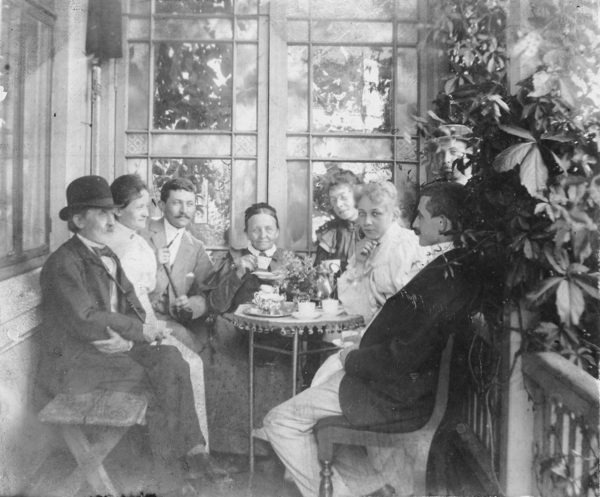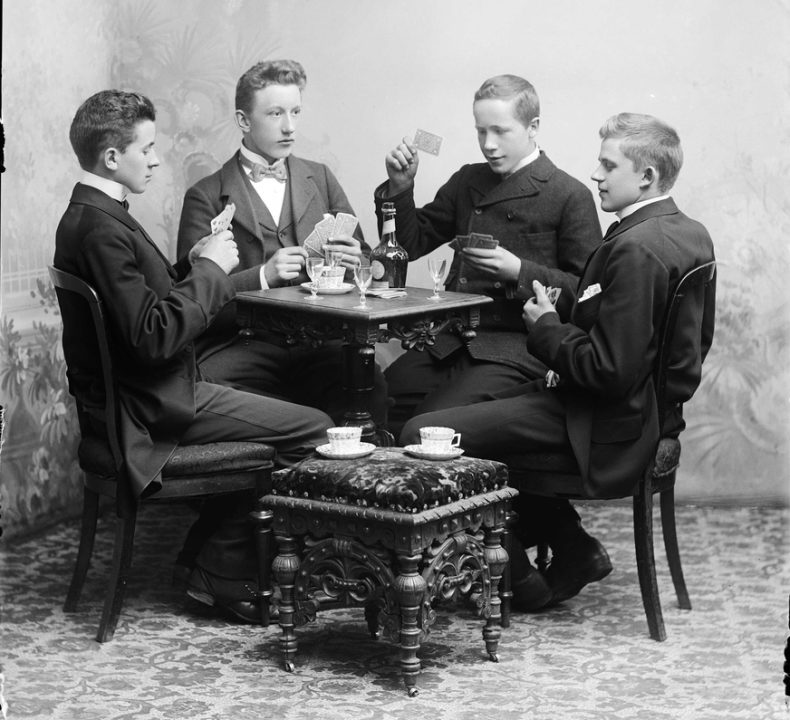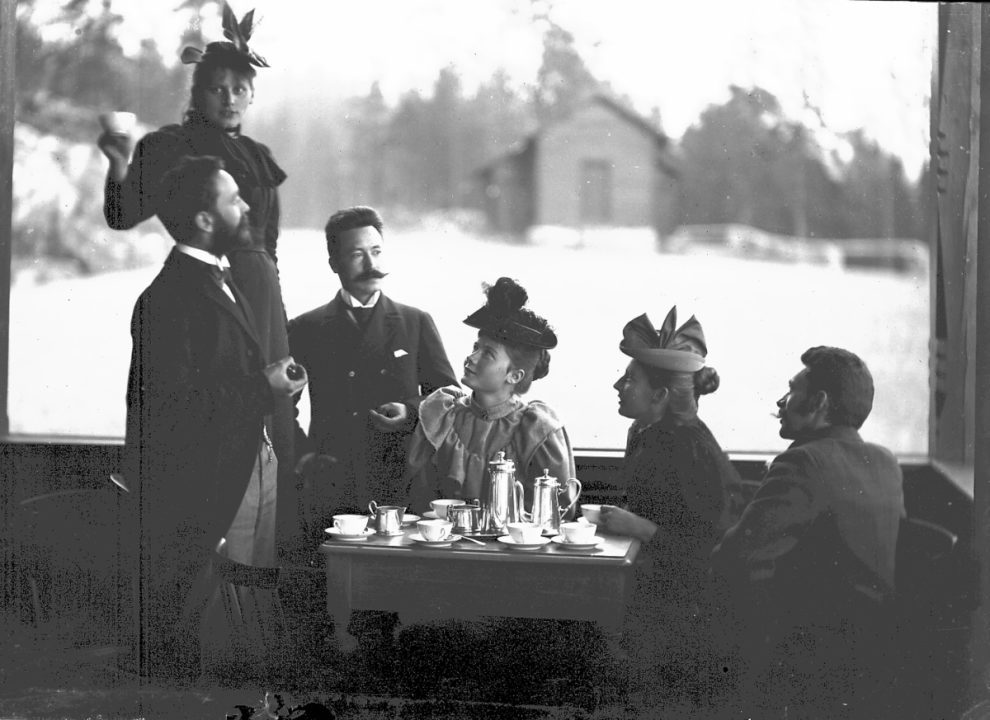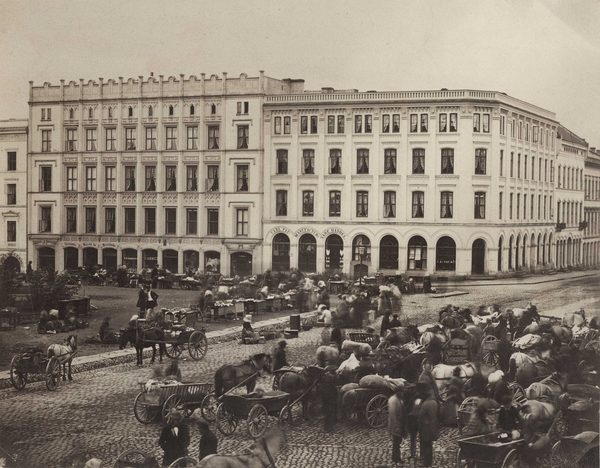- Hot coffee is good for everything and at all times, wrote author Alexander Kielland in 1882. Even then, Norwegians' coffee habits were remarkable, and even the knowledgeable social scientist Eilert Sundt was "shocked" by the level of consumption.
History has it that coffee first came to Norway and Christiania with a returning merchant in 1674. At that time, beer and spirits were flowing in the streets of Kvadraturen, and perhaps it was the stunned state of the general public that caused the news to be ignored. The unhappy merchant would probably have drowned his sorrows in alcohol himself if he knew that he was trying in vain to sell a popular drink. As a man of his time, there was probably no danger of him keeping his hands off the bottle anyway. Before coffee became widespread as a pleasure drink, beer was a natural part of the daily diet, from breakfast and lunch break to dinner and supper. This meant that people usually managed to guzzle eight to ten liters a day, often interspersed with a few sips of wine and spirits.
"Have you begun to visit him in his room, at the café and so on?"
Jealous lieutenant at work in Kongsberg (1774)

From stunning to enlightenment
It's no coincidence that the spread of coffee coincides with the Age of Enlightenment (1650-1800). During the 18th century, the invigorating drink became increasingly popular in Norway, and it was the upper classes who first embraced it. From being reserved for social life, it didn't take long for coffee to become a regular part of everyday life in the finer circles. In 1769, the British dance teacher Mr. Stuart and his wife opened the country's first café. Stuart and his wife opened the country's first café, London Skienk on Stortorvet, which was modeled after the modern cafés found in European cities. Here you could enjoy wine, spirits, English beer, chocolate and freshly brewed coffee or tea. With such exotic temptations on the menu, it's easy to understand why café visits became a favorite means of impressing young women in Christiania at the end of the 18th century.
"Good morning, you hot coffee! It smells of you to my senses"
Bjørnstjerne Bjørnson (1895)

The 19th century was the century when coffee would be shaped into the popular beverage we know it as today. During this time, world coffee production increased dramatically while customs duties were significantly reduced. This meant lower prices, which meant that coffee was no longer the preserve of the richest. Coffee was roasted, ground and brewed within the walls of the kitchen, a laborious process that was taken very seriously. To extend the life of the coffee rations, they were often spread with chicory or bread dough that was fried, dried and ground together with the coffee. By the mid-19th century, the drink was established across social classes and Norwegian geography, as British inventor and adventurer William Mattieu Williams describes well in his book "On foot in Norway in 1856":
"In Norway, the coffee is always good, even in the worst places (...) Norwegian farmers never burn the coffee before using it, and they grind it and let it brew while it's still hot"
W. Mattieu Williams (1856)

Born in the age of coffee

In the middle of the new, coffee-drinking Norway, a boy was born in Østre Toten. The year was 1852 and the name of the baby in the crib was Carl Solberg. The little boy was brought up as a merchant in his mother's milk and was practically raised in the shop of merchant Michelsen in Gjøvik. At the age of barely 20, he traveled to Christiania to work for merchant Bernt J. Olsen. Here Carl was to meet another man who shared his interest in good coffee and profitable trading. Carl Solberg and Fritjof Hansen founded Solberg & Hansen in 1879, in the middle of an explosive growth period for Norwegian coffee imports.
The company established itself in Dronningens gate 18, across from the main post office in Kvadraturen, and quickly specialized in importing coffee and tea. With its immediate proximity to the port and railway, Kvadraturen was the commercial center of the city until well into the 20th century. Solberg & Hansen remained in Dronningens gate 18 until the end of the 1930s. Even at this time, the coffee selection was wide, and included beans grown in several countries and continents. Among these were both Java Mocca and Malabar, names that are still well-known among coffee drinkers around the world. As a curiosity, the wholesale price of one kilo of Java Mocca at the time was NOK 3.25, which corresponds to approximately NOK 270 in today's (2023) monetary value.